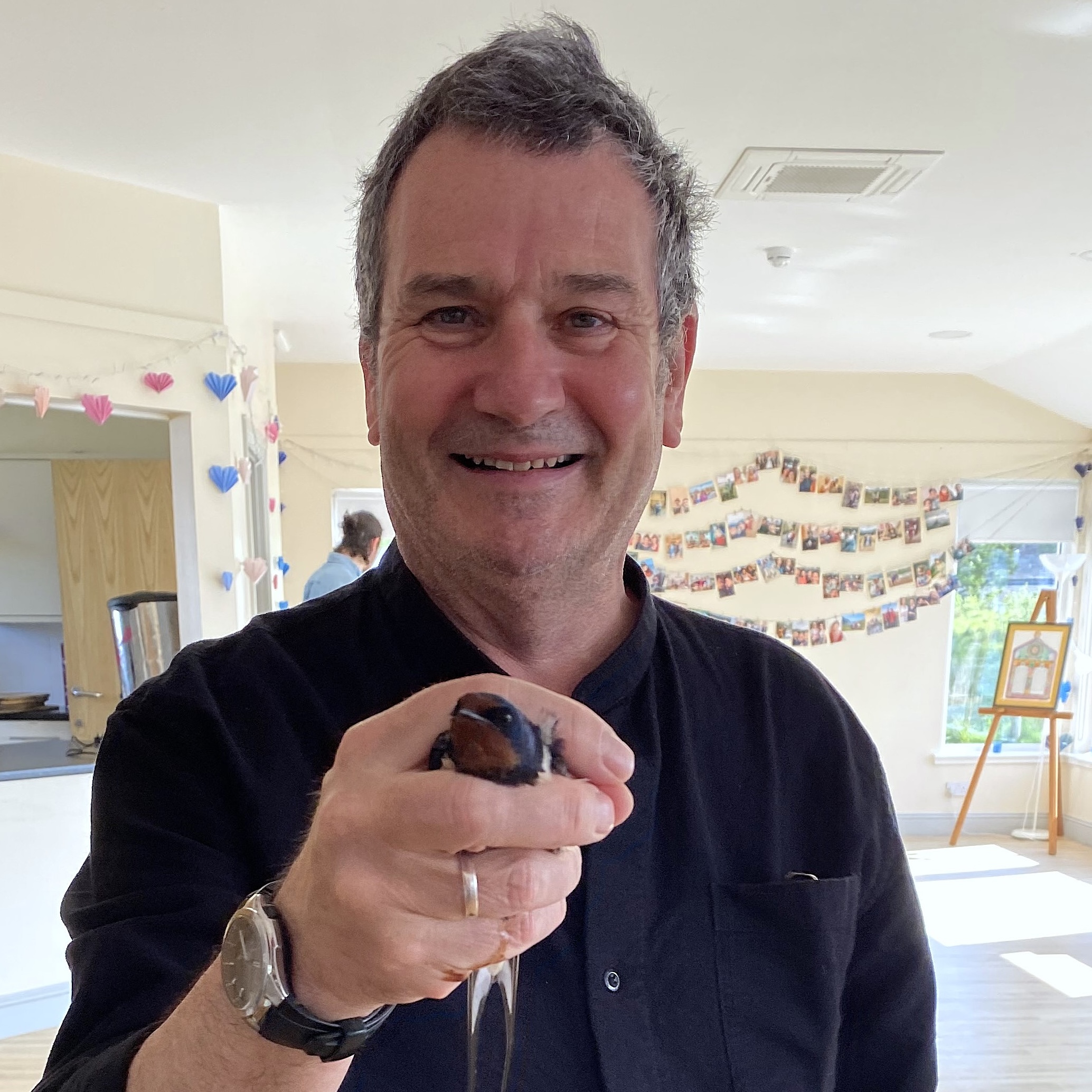Goshawks: The birds of prey that came back from extinction
By the late 19th century, the goshawk was indisputably extinct, but their recent restoration to the British isles makes it worth exploring their history. Expert naturalist Mark Cocker tells more about this fascinating bird of prey.
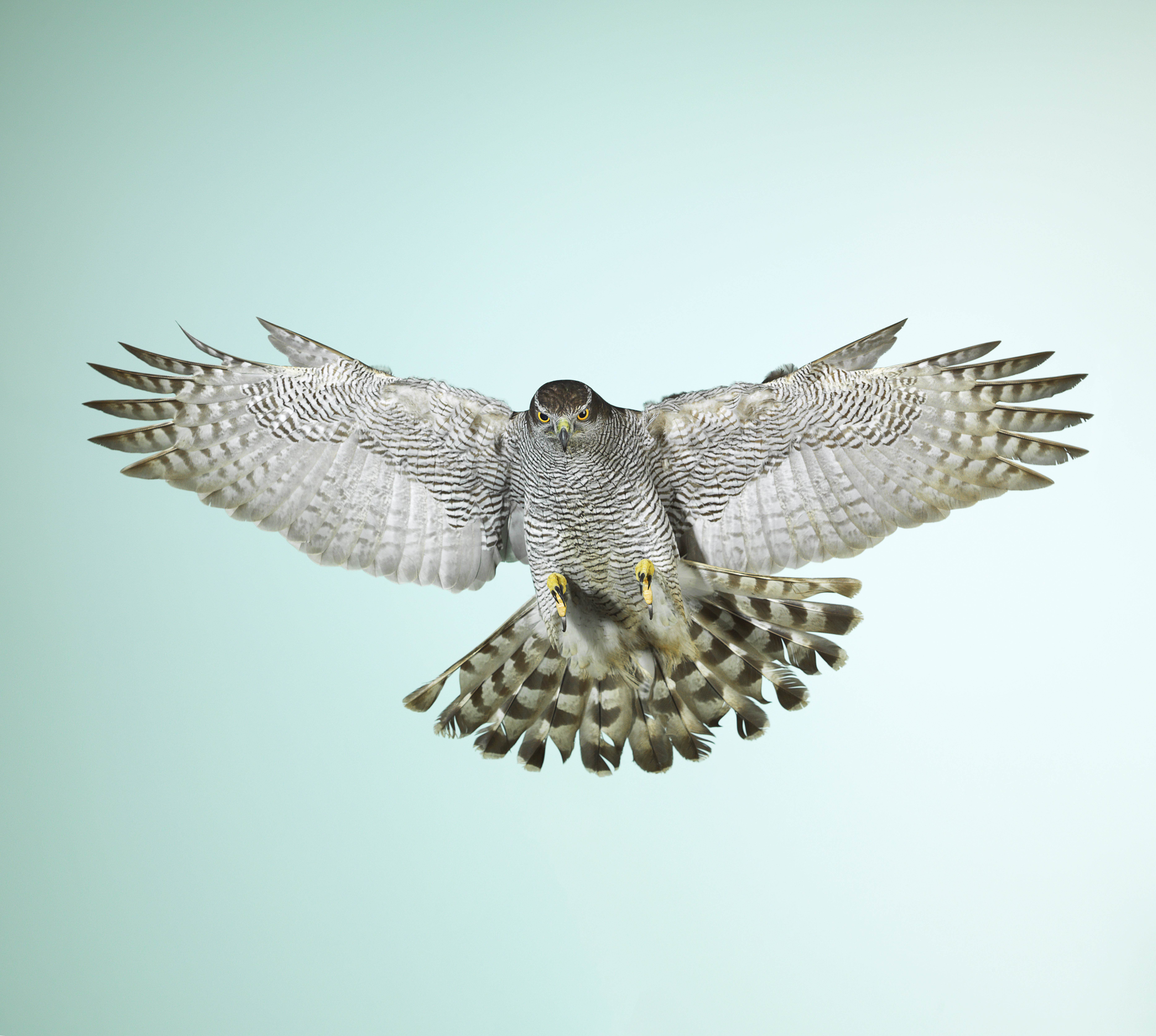
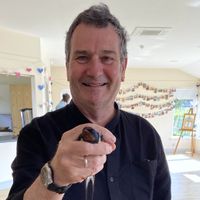
Few of Britain's birds of prey are more difficult to see than the goshawk (Accipiter gentilis). Part of this challenge is simply being able to separate it from the more numerous, but smaller sparrowhawk. On paper, the two look radically different. Big female goshawks can weigh more than 4lb (2kg) and have a wingspan of 5ft (1.6m), which is longer even than a common buzzard’s. They can be as much as 10 times the weight of a small male sparrowhawk. On average, all goshawks are bigger, broader-winged birds with thickset bodies. They possess a heavy, rounded chest that reinforces the impression of muscularity and power. Yet closer inspection can be necessary: the two species overlap and the largest female sparrowhawks are actually larger than some goshawk males.
What really makes a goshawk hard to see is its blend of sheer speed and inherent caution. They are widespread in Britain, particularly north and west of a line from the River Severn to the Tweed, where there are an estimated 1,200 breeding pairs. In all places, they are lovers of deep woods and spend most of their time within the canopy, dashing along rides or weaving through the trees, using shock tactics to flush and catch prey. In Europe, goshawks can sometimes occupy heavily urbanised places, but remain invisible to the public. There is a celebrated colony in downtown Berlin, Germany, and, although it might be the scourge of the city’s pigeon flocks, its human neighbours remain blithely unaware. The species is particularly partial to pigeon flesh, with some studies putting it as high as 60% of the entire diet. Yet goshawks have the power to overwhelm larger birds. Part-ridges, coots, mallards and even capercaillie — the latter three times the weight of its assailant — have all been recorded.
'The word goshawk is a contraction of ‘goose hawk’, a title bestowed by medieval falconers'
I once saw a female retrieving an egret from a dyke, where the prey had fallen after the raptor had struck. They will also adjust to more modest fare: squirrels, starlings, sparrows and beetles are fair game for males, which have only two-thirds the bulk of their mates. For all their fondness for deep cover, goshawks will forgo their ghost status during the pre-breeding period. For a few spring weeks, especially on sunlit March mornings, they sail high over their territories, circling and swooping. The climax of these nuptial displays is when a male and female fly together, bonding in a deep-winged, slow-motion butterfly action that they alternate with passages of effortless soaring. A mystery attaching to Britain’s population centres on the precise nature of its origins.
The word goshawk is a contraction of ‘goose hawk’, a title bestowed by medieval falconers. The name honoured the birds’ formidable predatory powers, but goshawks were also valued because they combined fierceness with tractability. Even now, the scientific name is Accipiter gentilis: among falconers, it was the ‘gentle’ or ‘noble’ hawk. There is no certain proof that those goshawks were sourced from wild stock and falconers could have imported them from the Continent. What we do know is that the species is hugely catholic in choice of habitat and has a wide range across three continents: Europe, Asia and North America. It is hard to believe that these islands were not part of that hemispheric territory.
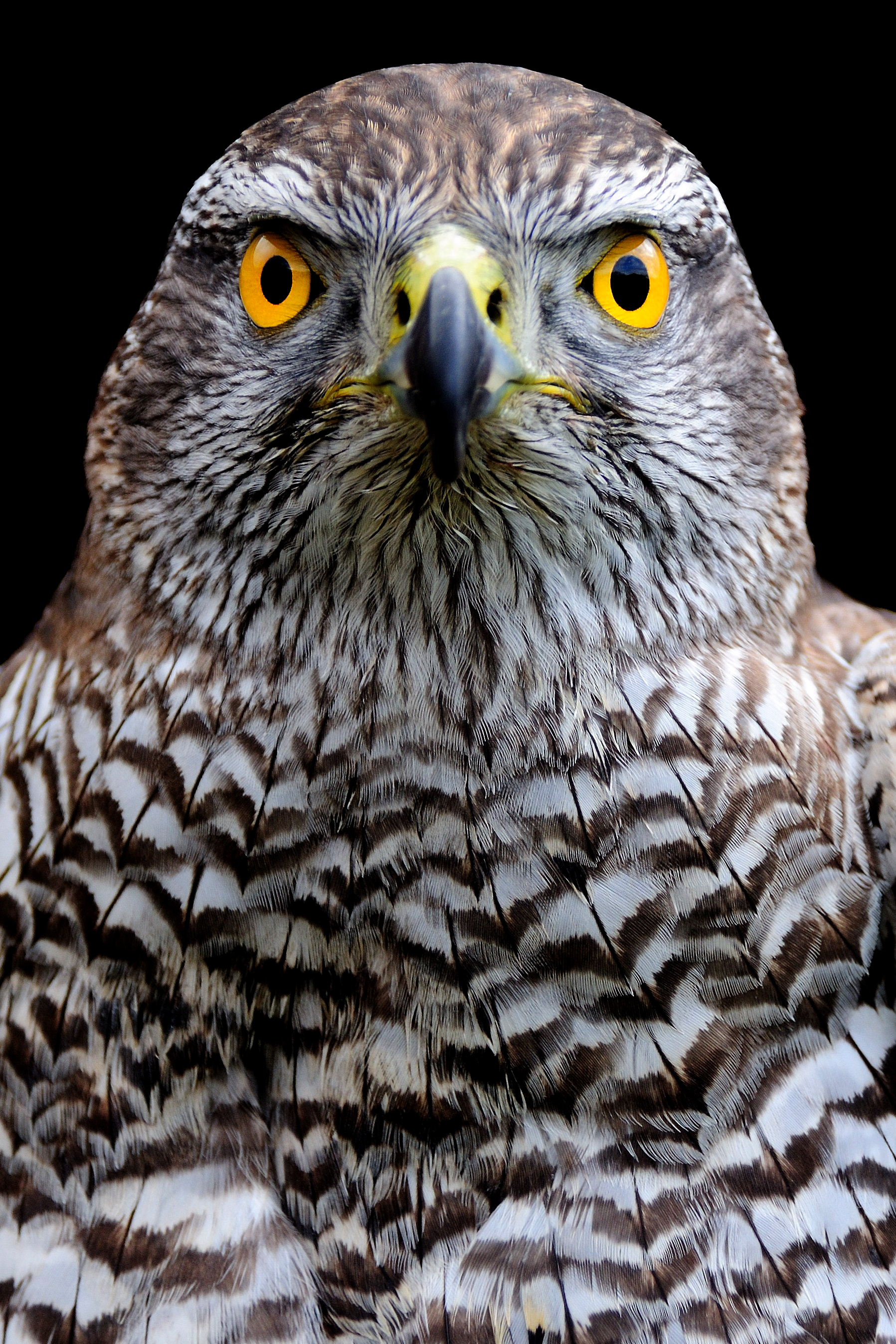
The eyes have it.
We also know that, when the gun replaced the hawk as weapon of choice among the sporting fraternity, the species was widely persecuted and, by the late 19th century, it was indisputably extinct. It seems likely that their recent restoration to these islands involved a combination of wild goshawks immigrating from Europe and local falconers’ birds escaping from captivity. By the late 1960s, despite the scourge of DDT pesticides, egg collectors and illegal shooting, they had established embryonic breeding colonies. This was especially so in south and central Wales, across the Breckland of Suffolk and Norfolk and in the Kielder Forest of Northumberland, where they benefited from the extensive conifer plantations established by the Forestry Commission.
It is a mark of the goshawk’s permanent place in our cultural life that, at those sites, they are now openly celebrated as special, if rather elusive residents. There are designated viewing spots where the public can go and try to catch a glimpse of goshawks in spring display.
Mark Cocker's latest book, ‘One Midsummer’s Day: Swifts and the Story of Life on Earth’, is out in paperback
Exquisite houses, the beauty of Nature, and how to get the most from your life, straight to your inbox.
Mark Cocker is a naturalist and multi-award-winning author of creative non-fiction. His last book, ‘One Midsummer’s Day: Swifts and the Story of Life on Earth’, is out in paperback. A new book entitled 'The Nature of Seeing' will be published next year by Jonathan Cape.
-
 'Comfortable, cosseting and far from the madding crowd': The recently refurbished Cornish cottage that proves Victorian decor is making a comeback
'Comfortable, cosseting and far from the madding crowd': The recently refurbished Cornish cottage that proves Victorian decor is making a comebackPlum Cottage in Padstow, Cornwall, has been brought to life by Jess Alken and her husband, Ash — and is the latest addition to their holiday cottages on the north Cornish coast.
-
 How to make The Connaught Bar's legendary martini — and a few others
How to make The Connaught Bar's legendary martini — and a few othersIt's the weekend which means it's time to kick back and make yourself an ice cold martini — courtesy of The Connaught Bar.
-
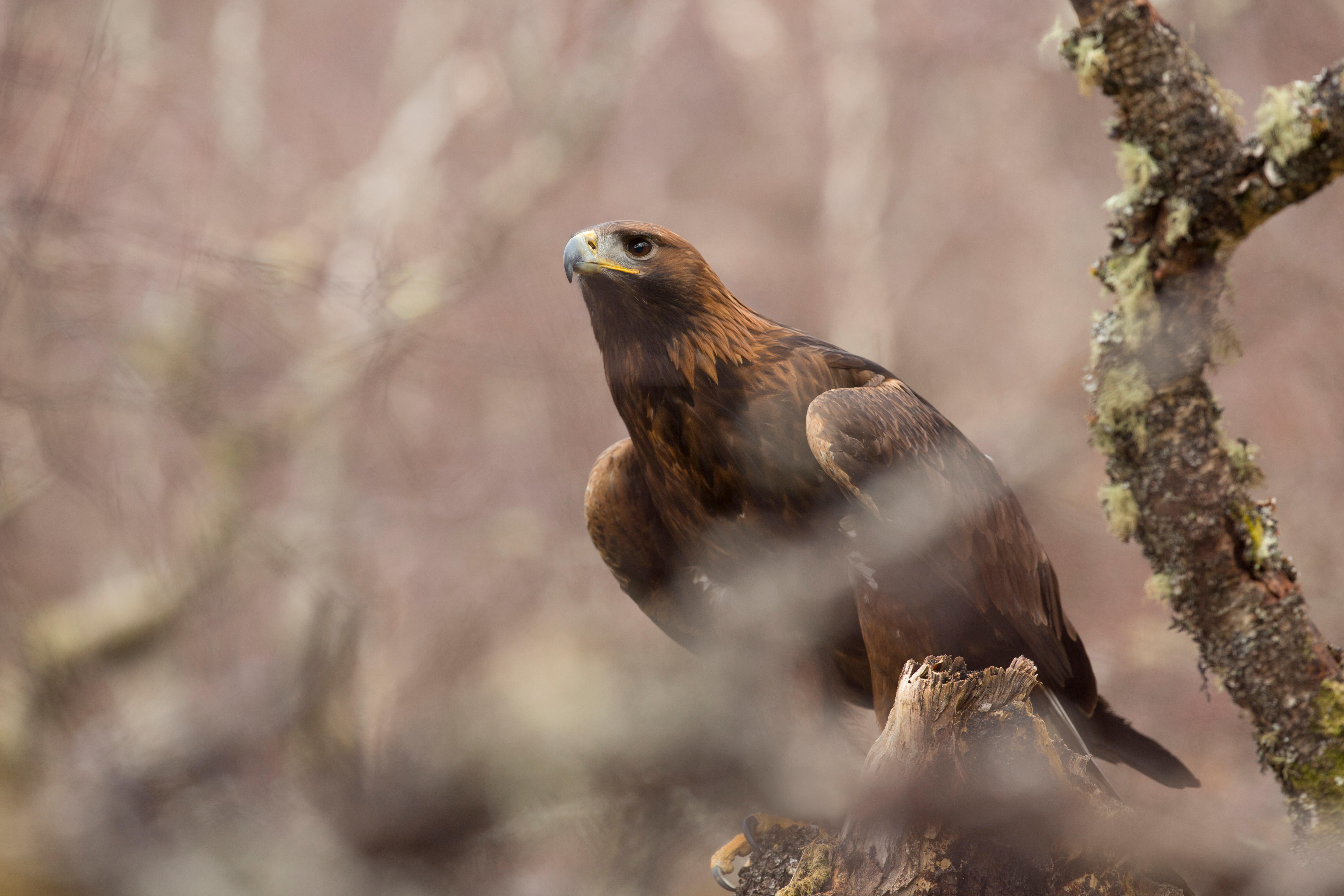 The golden eagle: One of the Great British public's favourite birds of prey — but devilishly tricky to identify
The golden eagle: One of the Great British public's favourite birds of prey — but devilishly tricky to identifyWe are often so keen to encounter this animal that ambition overrides the accuracy of our observations, writes Mark Cocker.
-
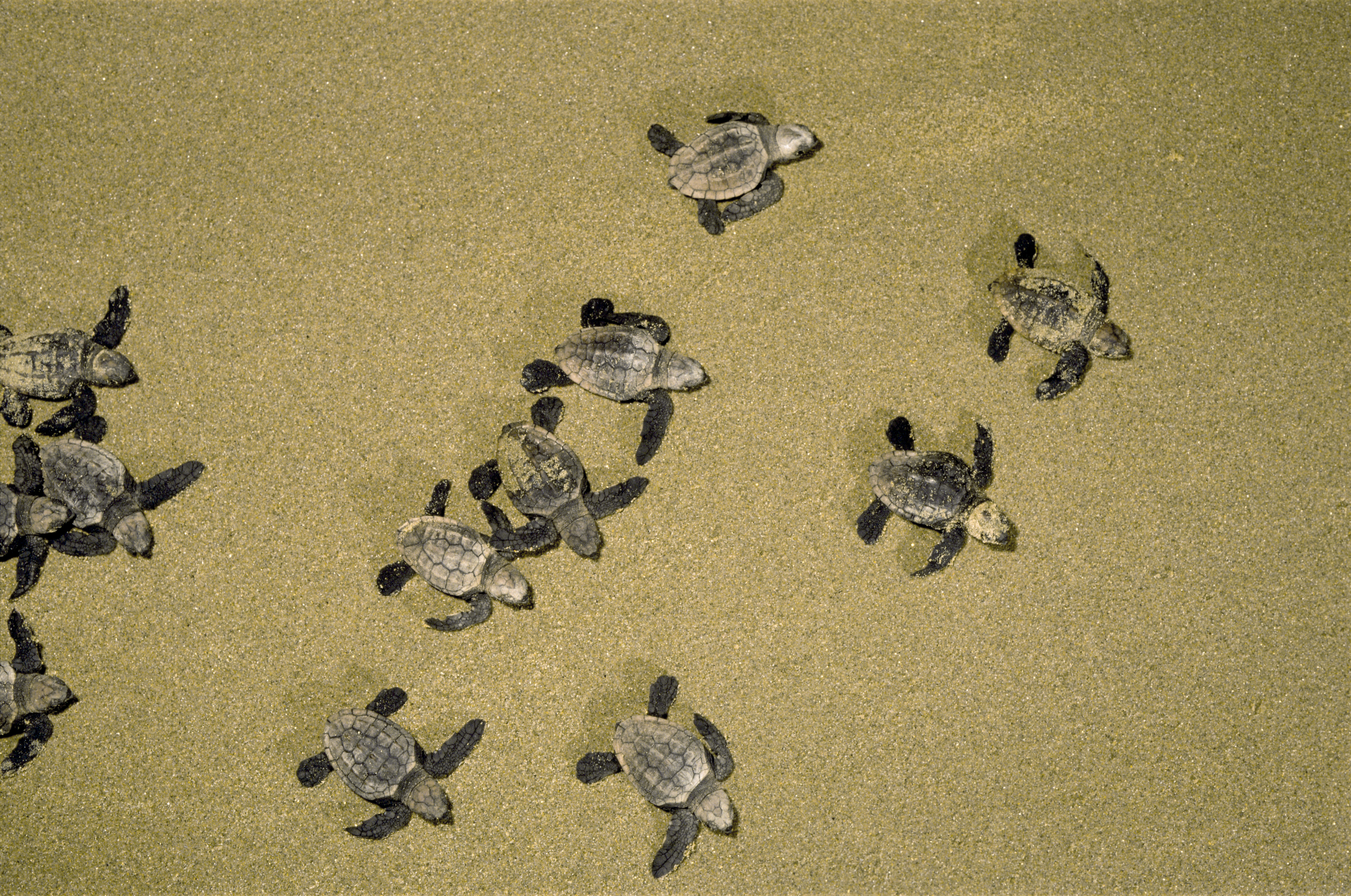 From turtles to pink sea fans: Why Mediterranean marine life is drifting into British waters
From turtles to pink sea fans: Why Mediterranean marine life is drifting into British watersBoth leatherback sea turtles and the soft corrals’ presence near our shores coincides with our warming seas, Lotte Brundle writes.
-
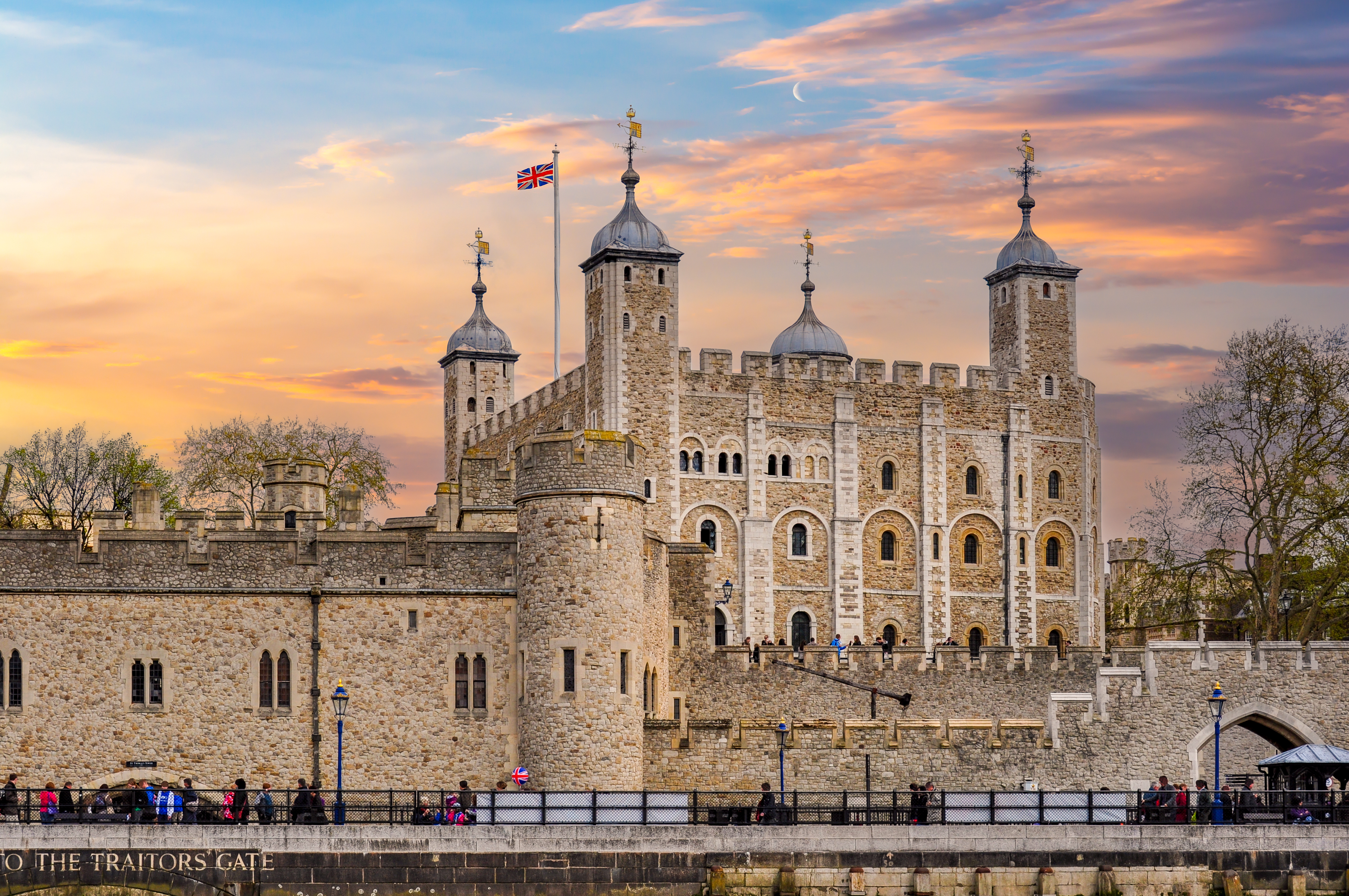 Whatever floats your moat: Tower of London's former waterway receives help to adapt to the pressures of climate change
Whatever floats your moat: Tower of London's former waterway receives help to adapt to the pressures of climate changeIt is one of five gardens across the globe that have been selected by the fund for aid in adapting to the growing pressures of climate change.
-
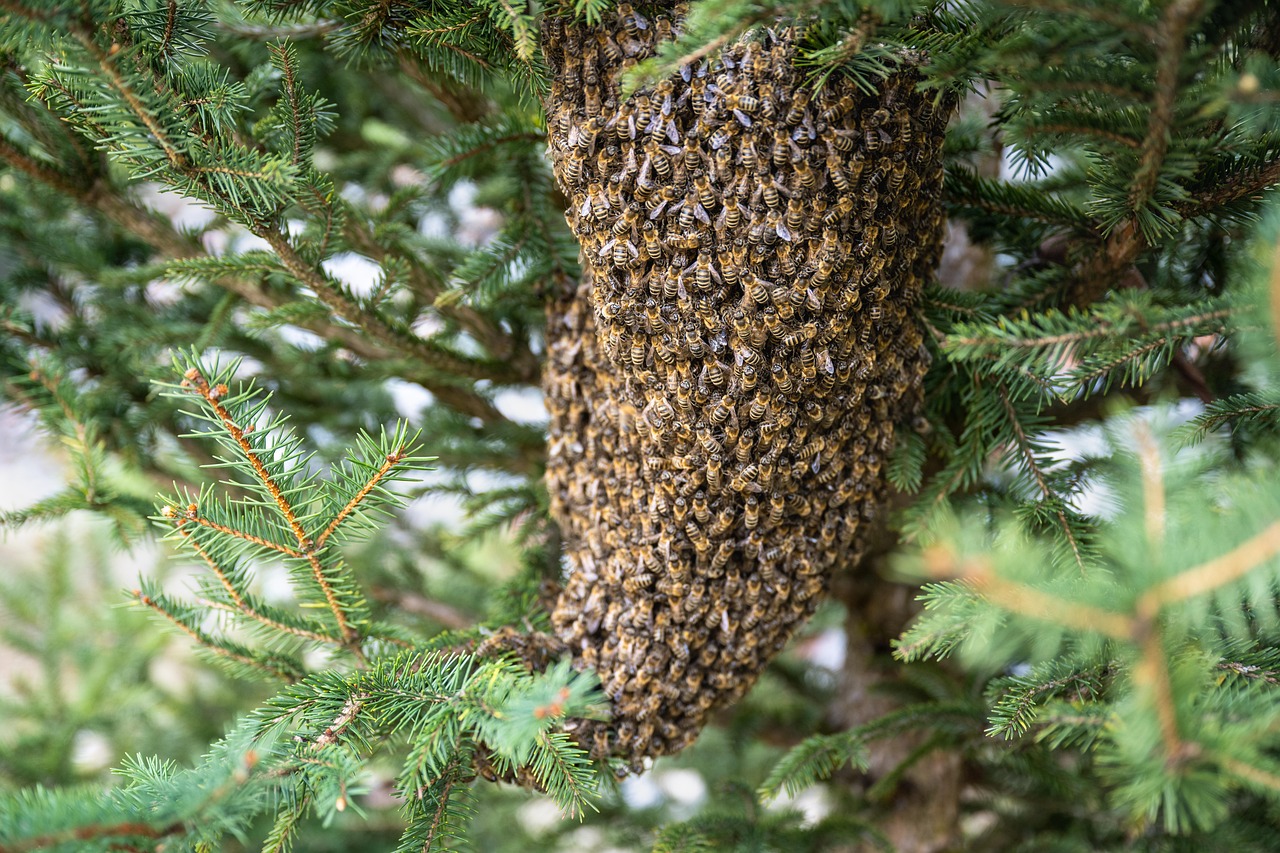 It's a cruel summer to be a bee with up to 80% of swarms dying if they cannot find a safe place to settle — but here is how you can help
It's a cruel summer to be a bee with up to 80% of swarms dying if they cannot find a safe place to settle — but here is how you can helpCurrently, swarms of bees are taking flight to search for new homes and up to 80% of these swarms will perish if they cannot find a safe place to settle, but we can all help, says the BBKA.
-
 'It’s not ironic that I really like wasps and that they nearly killed me. It’s simply a coincidence': What to do if you're stung by a wasp
'It’s not ironic that I really like wasps and that they nearly killed me. It’s simply a coincidence': What to do if you're stung by a waspAfter a close encounter with some wasps put him in hospital, William Kendall sought an unlikely remedy...
-
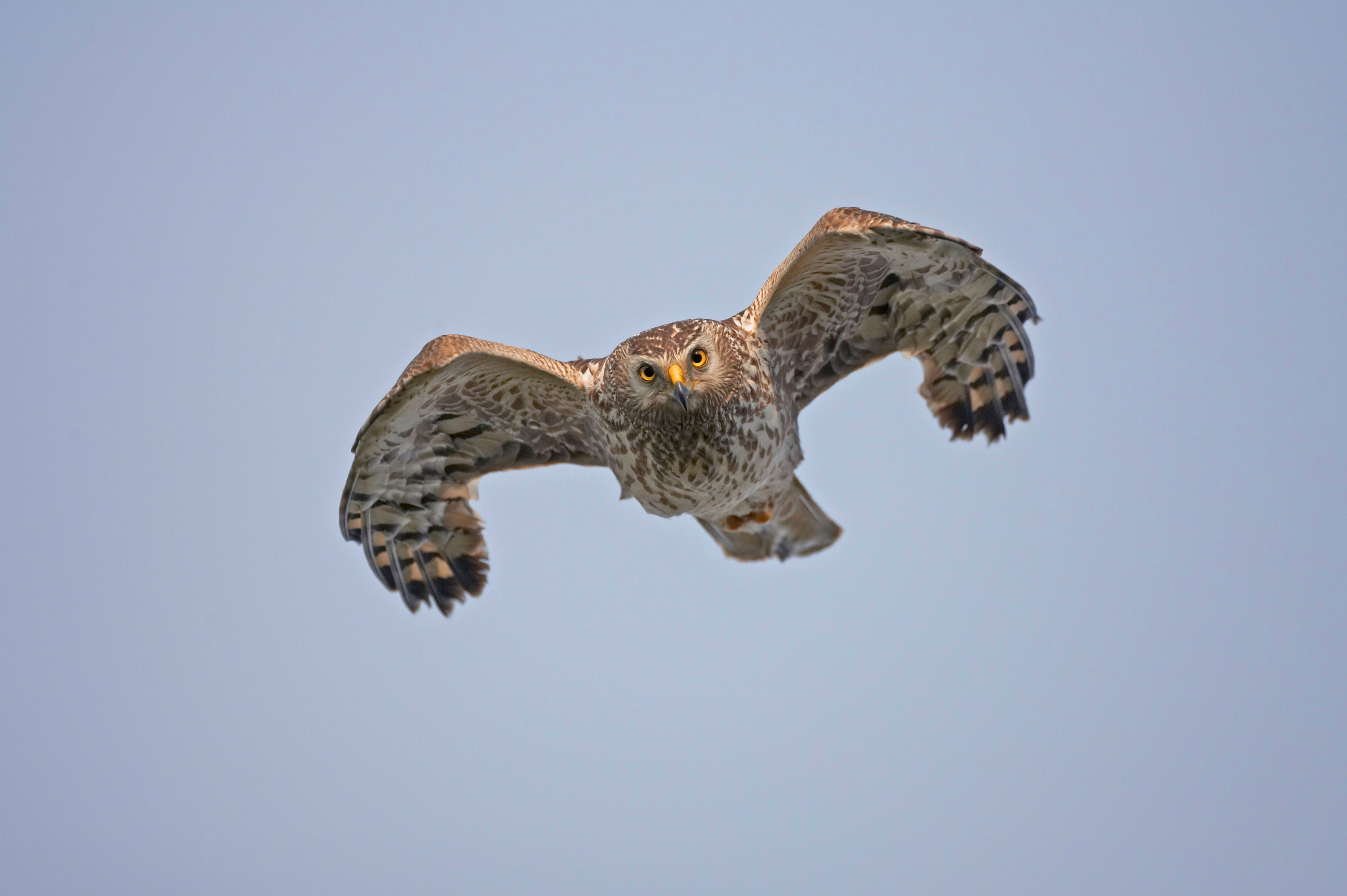 Hen harriers: The 'marvels of evolutionary adaptation' that are 'ballet and theatre and poetry inscribed on air'
Hen harriers: The 'marvels of evolutionary adaptation' that are 'ballet and theatre and poetry inscribed on air'The hen harrier is one of the most glorious birds of prey in Britain — yet it provokes fierce debate. Mark Cocker unpicks why this breed is among the most controversial of all British birds.
-
 Steve Backshall on sharks, quicksand, and getting his fingertips eaten by piranhas
Steve Backshall on sharks, quicksand, and getting his fingertips eaten by piranhasThe adventurer, broadcaster, scientist and writer Steve Backshall joins the Country Life podcast.
-
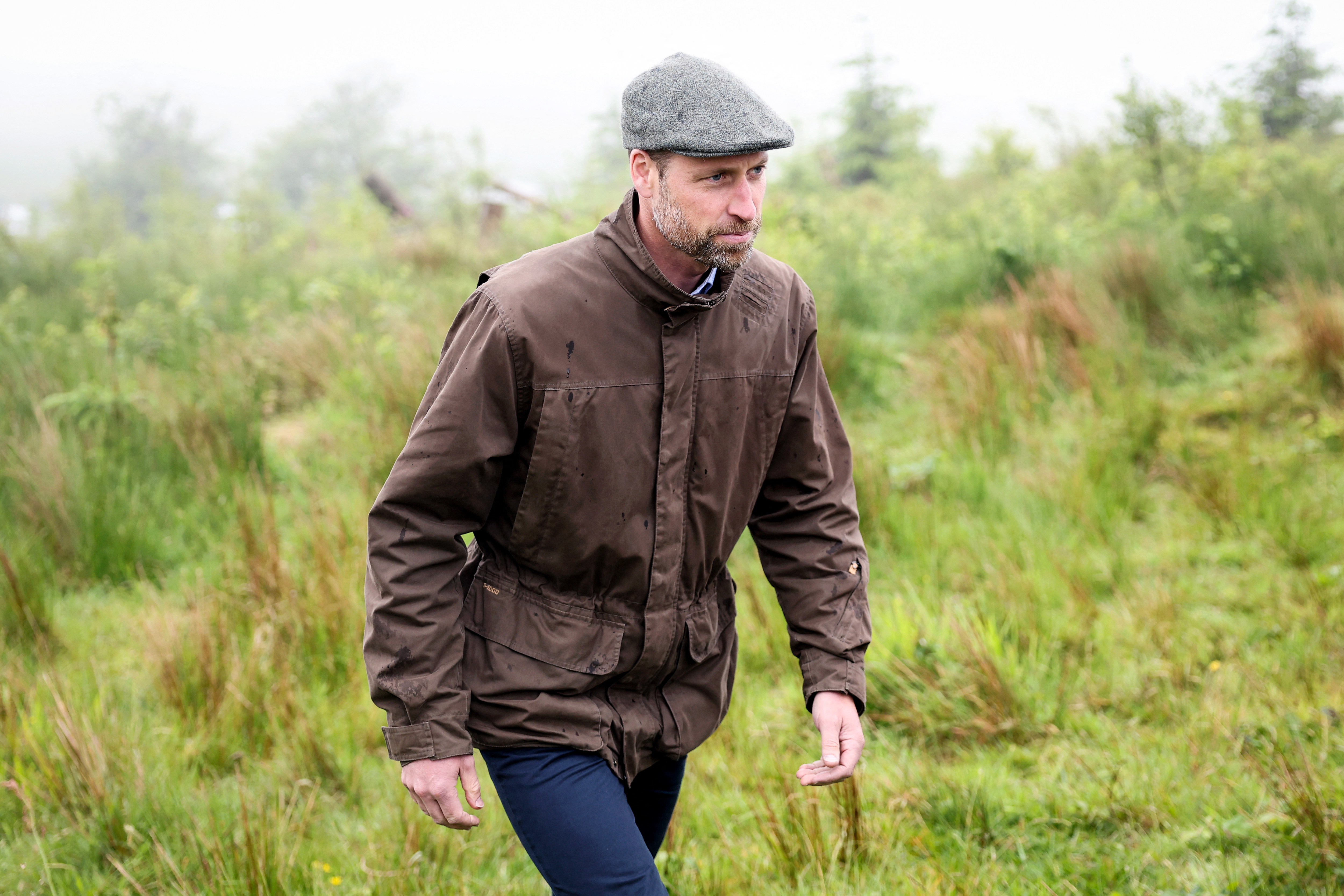 New vision for old Dartmoor: Prince of Wales leads ambitious plans for nature recovery in Cornwall
New vision for old Dartmoor: Prince of Wales leads ambitious plans for nature recovery in CornwallThe Vision outlines a set of guiding principles to inform the future environmental management of the Duchy’s Dartmoor estate.
